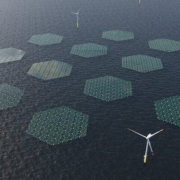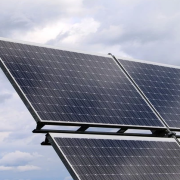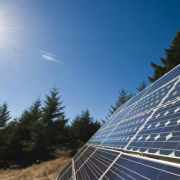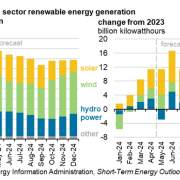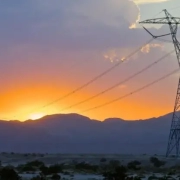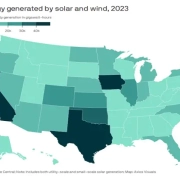DigiOcean4Solar, short for a Digital Ocean environment for floating Solar farm assessment, is set to advance research on renewable energy efficiency and will enable the study of interactions between waves, wind, and floating solar structures.
With offshore locations emerging as a promising solution for renewable energy, several companies are exploring floating solar farms at sea. According to the Delft University of Technology, the solar platforms, some spanning up to a square kilometer, are ideally situated near offshore wind farms to leverage existing grid connections.
Click here to read the full article
Source: Offshore Energy
—
If you have any questions or thoughts about the topic, feel free to contact us here or leave a comment below.

